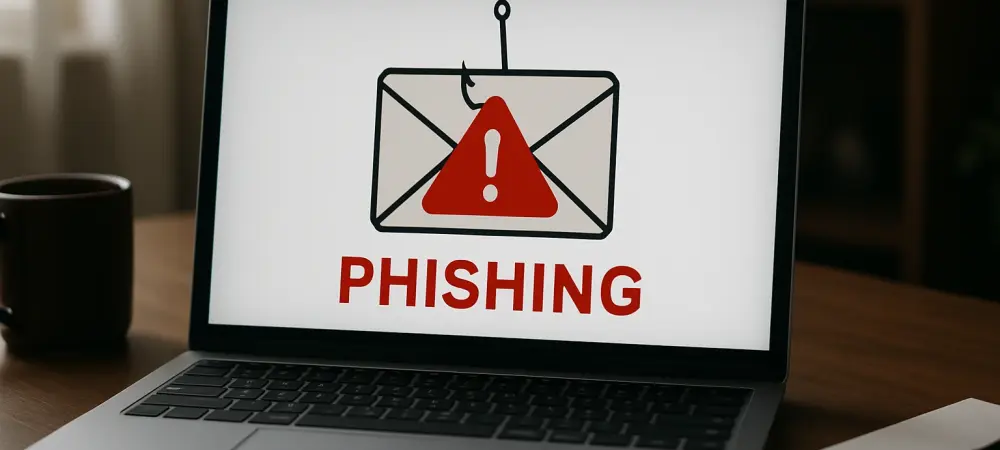Unveiling the Threat Landscape
Imagine receiving an email that appears to come from your company’s finance department, addressing you by name and referencing a specific payment issue with a file titled “Urgent_Invoice_[YourName].pdf” attached, compelling you to click due to its urgency and familiarity. This click, however, unleashes malware that compromises sensitive data, a scenario that is no longer rare but a stark reality in the realm of cybersecurity, where personalized phishing tactics have emerged as a formidable threat. These advanced strategies exploit personal information to craft deceptive communications, making them harder to detect and more likely to succeed. This review delves into the technology behind personalized phishing, examining how cybercriminals leverage customization to enhance malware delivery.
Dissecting the Features of Personalized Phishing
Customization as a Core Mechanism
At the heart of personalized phishing lies the meticulous tailoring of email content to mimic legitimate correspondence. Threat actors utilize recipient-specific details, such as names, job titles, or company information, to craft subject lines and message bodies that resonate with the target. Embedded links and attachments often bear familiar branding or context, creating an illusion of authenticity. This level of detail exploits psychological triggers like trust and urgency, compelling recipients to act without suspicion. The technology enabling this customization often involves scraping publicly available data or leveraging breached information to build convincing narratives.
Strategic File Name Personalization
Beyond email content, a critical feature of this threat is the personalization of file names in attachments. Cybercriminals design names like “Payment_Summary_[RecipientName].pdf” or “[RecipientName]_Report.zip” to align with the recipient’s identity or role. This tactic adds an extra layer of familiarity, significantly increasing the chances of a user executing the malicious file. The dual approach of tailoring both content and file names demonstrates a sophisticated understanding of human behavior, as it capitalizes on the tendency to trust documents that appear relevant and specific. Such precision in delivery mechanisms marks a notable evolution in phishing technology.
Thematic Campaigns and Malware Variants
Personalized phishing campaigns often follow distinct themes tailored to specific industries or seasonal trends. Data analyzed over recent quarters highlights dominant categories such as Travel Assistance, Finance, and Response, each paired with specific malware types. For instance, Travel Assistance emails, which often spike during holiday periods, frequently deliver Vidar Stealer, a tool designed to harvest login credentials and banking details. Meanwhile, Finance-themed messages may deploy jRAT, a Remote Access Trojan, while Response-themed emails often carry PikaBot, known for evading detection. This strategic pairing of themes and payloads showcases the adaptability of phishing technology to exploit timely contexts.
Performance and Impact on Targeted Sectors
Industries Under Siege
The effectiveness of personalized phishing is particularly evident in industries where tailored communication is routine. Sectors like finance, travel, and business operations face heightened risks due to the expectation of personalized emails in their daily interactions. Attackers exploit this norm by crafting messages that blend seamlessly into regular workflows, reducing suspicion. The technology’s performance in these environments is alarming, as it bypasses traditional defenses by mimicking trusted sources, making it a preferred vector for delivering malware.
Real-World Consequences
Examining real-world applications reveals the tangible impact of these tactics. Finance-themed campaigns delivering jRAT have compromised systems by granting attackers remote control, often leading to data theft. Similarly, Response-themed emails carrying PikaBot have facilitated secondary infections through sophisticated evasion techniques. These incidents highlight how personalized phishing capitalizes on routine business exchanges, turning mundane interactions into gateways for severe breaches. The technology’s ability to adapt to specific operational contexts amplifies its destructive potential across targeted sectors.
Challenges in Countering the Threat
Detection Difficulties
One of the most significant hurdles in combating personalized phishing lies in its sophisticated mimicry of legitimate communication. Current security tools struggle to identify tailored content that deviates from generic phishing patterns, often allowing these emails to slip through filters. The technology behind personalization renders traditional signature-based detection less effective, as each campaign is uniquely crafted. This adaptability poses a persistent challenge for cybersecurity infrastructure, necessitating more dynamic solutions.
Behavioral and Educational Barriers
Beyond technical limitations, human behavior remains a critical vulnerability. Even with awareness, users find it difficult to recognize highly personalized phishing attempts that appear genuine. Training programs often fall short in addressing the nuanced psychological manipulation at play, as employees may prioritize urgency over caution. Bridging this gap requires not only advanced technology but also a cultural shift toward skepticism in digital interactions, a process that demands time and consistent effort.
Reflecting on the Review
Looking back, this exploration of personalized phishing tactics reveals a deeply sophisticated technology that transforms traditional cyber threats into highly targeted attacks. The customization of email content and file names, coupled with thematic campaigns, demonstrates an alarming ability to exploit human trust. Real-world impacts on industries like finance and travel underscore the severe consequences of these breaches, while challenges in detection and user education highlight persistent gaps in defense mechanisms. Moving forward, organizations must prioritize adaptive security measures, integrating advanced detection tools with ongoing training to foster a vigilant workforce. Exploring partnerships with cybersecurity experts to develop real-time threat intelligence could further bolster resilience. Ultimately, staying ahead of this evolving threat demands a proactive stance, ensuring that defenses evolve as rapidly as the tactics of cybercriminals.

